A gorgeous country estate that comes with a lifestyle business, a 17th-century ice house and some of the best fishing rights in Britain
Dolhaidd Mansion and its 25 idyllic acres are on the market for the first time since the end of the last century. Penny Churchill takes a look.
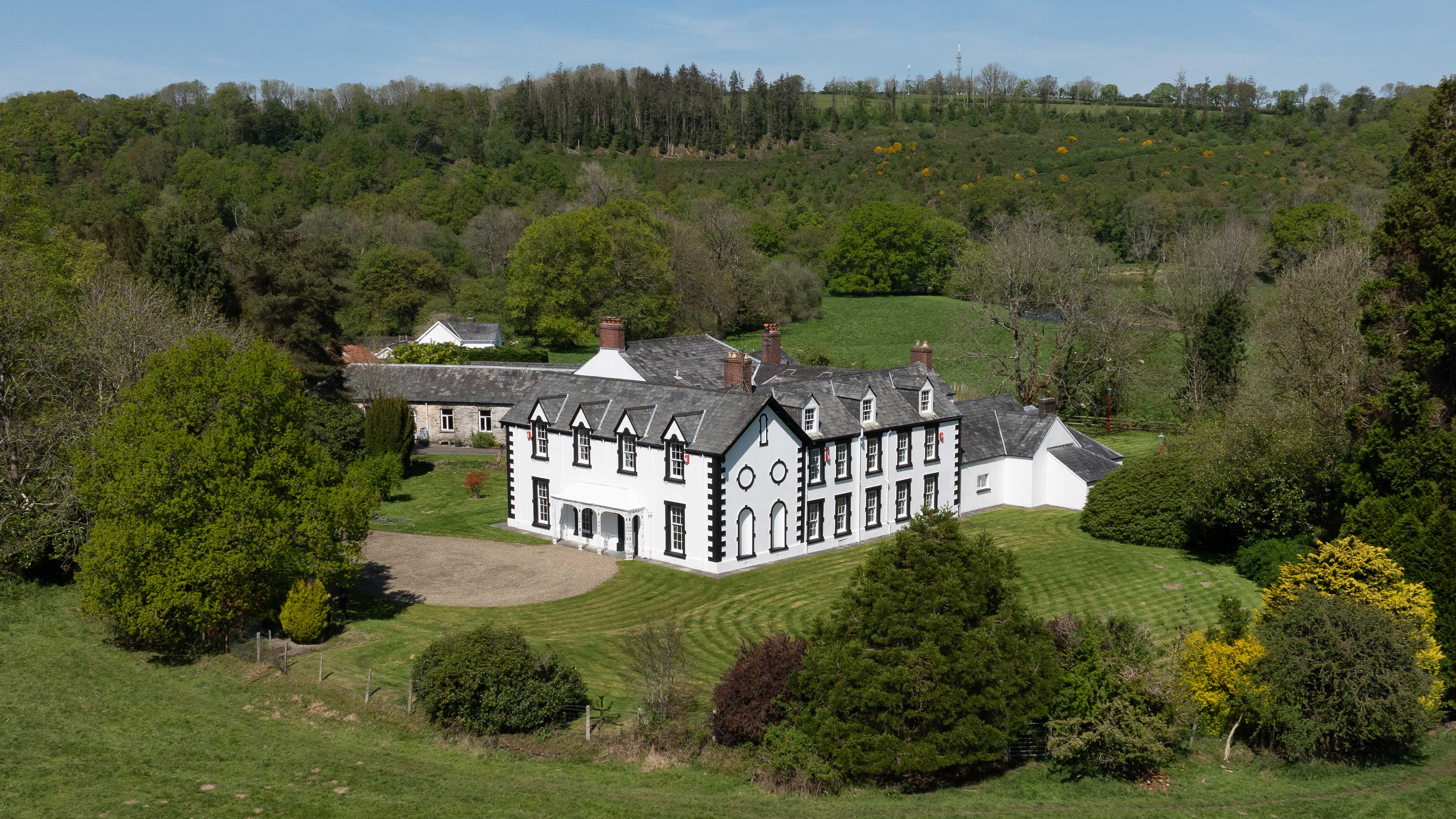

The scenic valley of the River Teifi, which flows for 75 miles from its source deep in the Cambrian Mountains to its estuary in Cardigan Bay, is a landscape of steep hills, lush pasture, wooded gorges and streams and rivers, historically owned by a relatively small number of landed-gentry families who socialised and inter-married within their milieu. Between the 17th and 19th centuries, the wealthy squires of West Wales built grand country mansions on their estates along the Teifi valley in rural Carmarthenshire, predominantly between Llandysul in the east and Cardigan in the west.
Although many have long since disappeared, a notable survivor is imposing, Grade II-listed Dolhaidd Mansion, three miles from historic Newcastle Emlyn, which sits at the confluence of the Teifi and the Bargoed stream, the power source of the valleys’ many woollen mills from ancient times until their decline after the First World War. Now for sale through Fine & Country West Wales at a guide price of £2.5 million, the impeccably renovated house, set in 25 acres of glorious countryside, is supported by a flourishing holiday-let business established by owners Andrew and Caroline Ashley, who moved there from London in 1999.

According to its CADW listing, Dolhaidd — meaning ‘barley meadow’ — was bought by David Lewis of nearby Llys-newydd from one David Havard, whose Norman ancestors came over with William the Conqueror and whose grandfather is said to have built the first, 16th-century house on the site. That David Lewis, who was Sheriff of Carmarthenshire in 1715 and mayor of Cardigan in 1736, was succeeded at Dolhaidd by David Edward Lewes Lloyd, High Sheriff of Cardiganshire in 1777, who died in 1818.
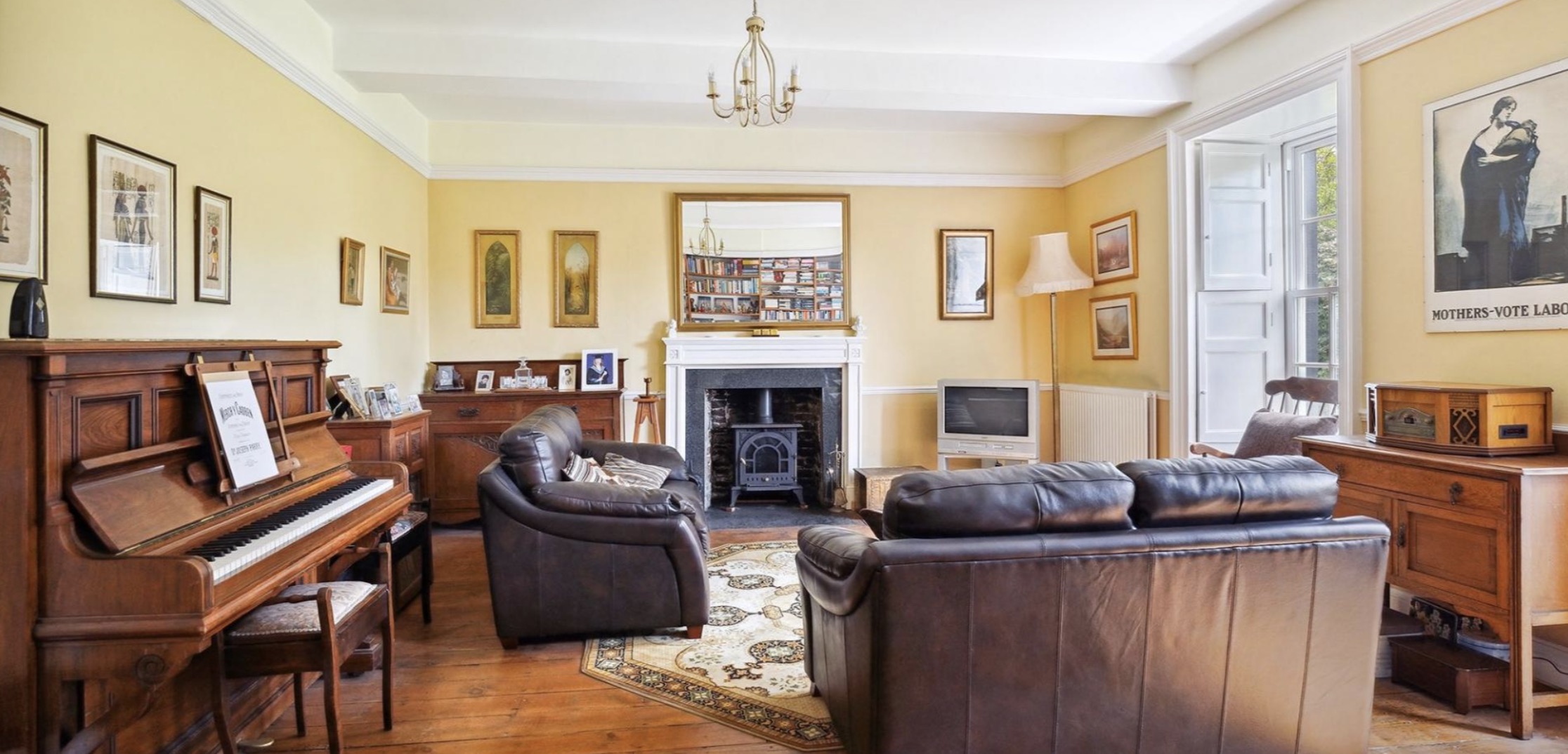
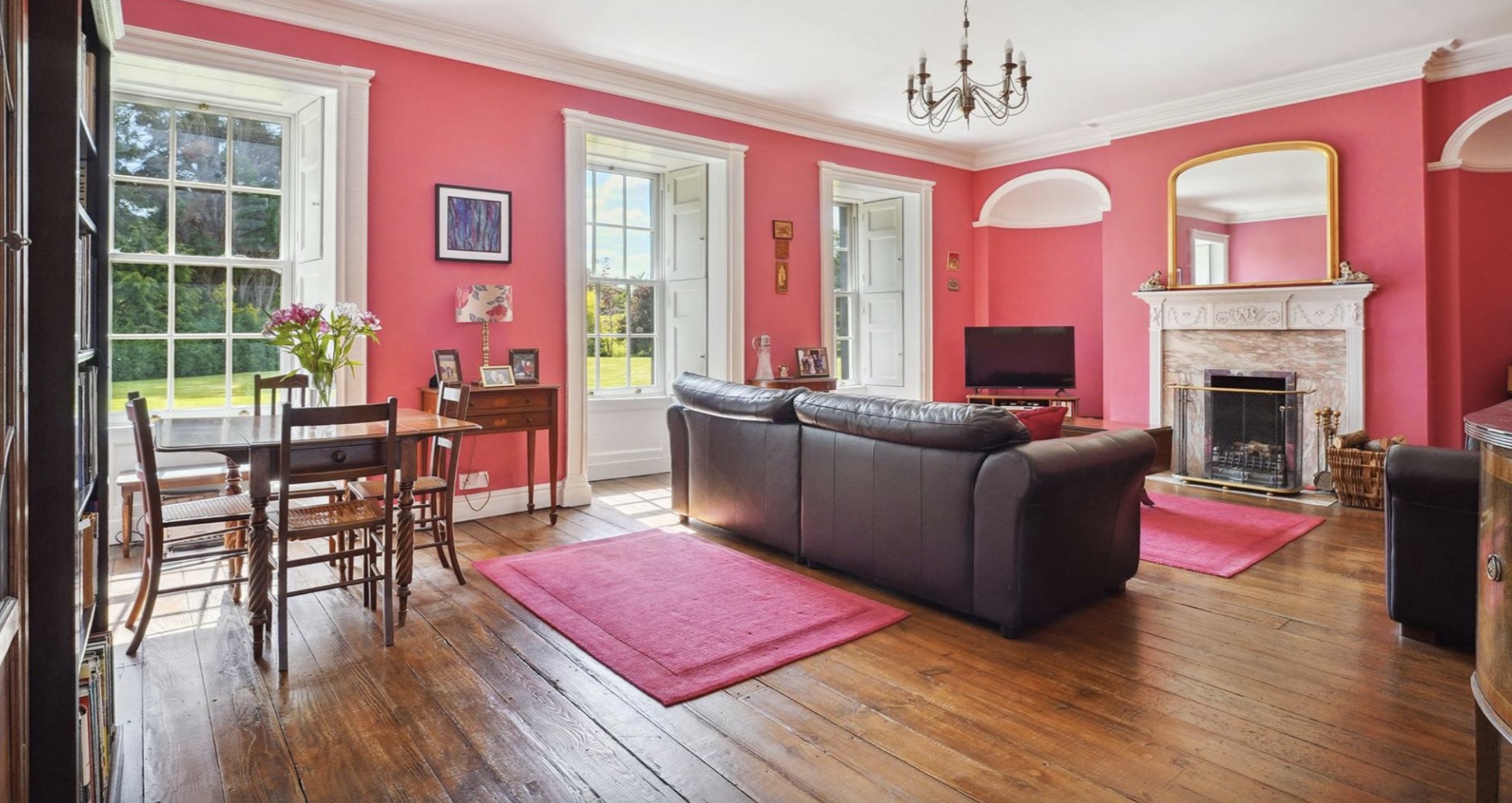
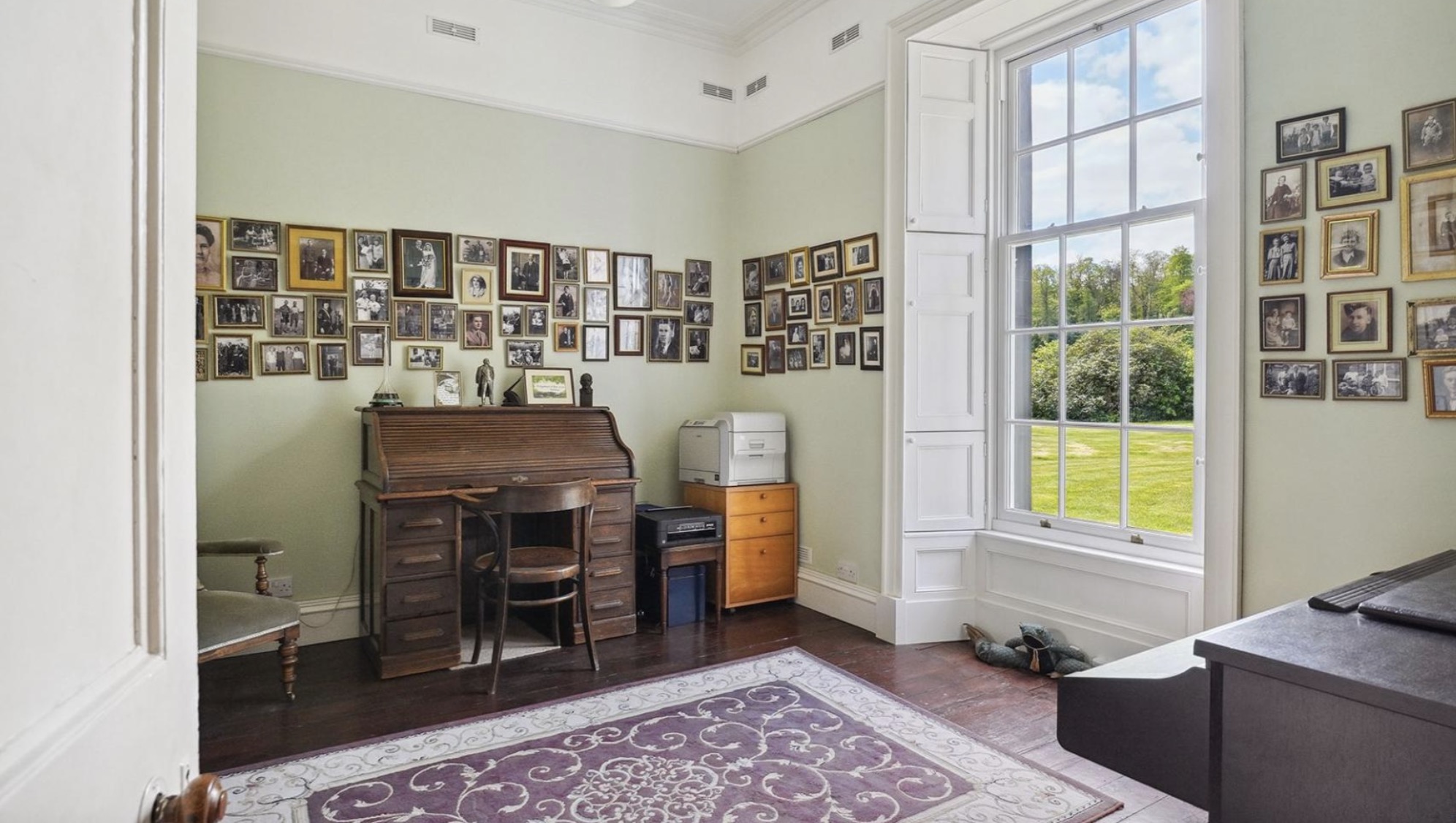
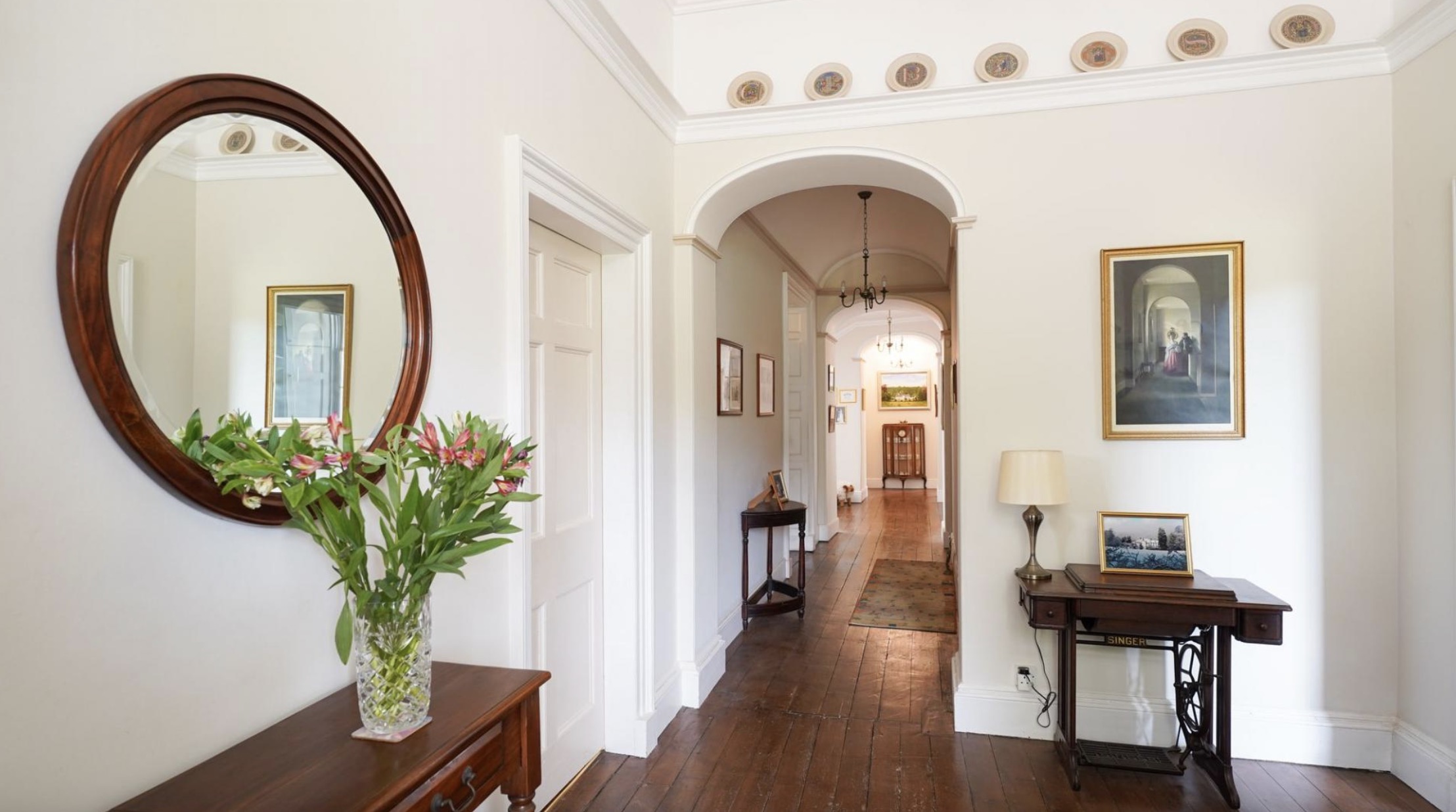
The 1838 Tithe Map shows Dolhaidd as being owned and occupied by James Richard Lewes Lloyd, for whom much of the house was probably rebuilt. He died in 1858, after which the property was rented out. In the 1860s, the Elliot family, as tenants, remodelled the façade, adding decorative ironwork and dormer windows. A further remodelling of the rear of the house was carried out by a Capt Newland, who lived there from 1875 until at least 1910.
As the present owners point out: ‘Although Dolhaidd Mansion currently presents an early-Victorian façade, most of its interior is early to mid Georgian and shows the influence of John Nash, who in addition to designing a number of major country houses elsewhere in the Principality, built several townhouses and smaller country houses for the local gentry of West Wales between 1793 and 1796.’ In the 20th century, Dolhaidd Mansion went into a slow decline and was eventually converted into flats, before being rescued from disaster by new owners in the 1970s, since when work to preserve the fabric of the house has continued.
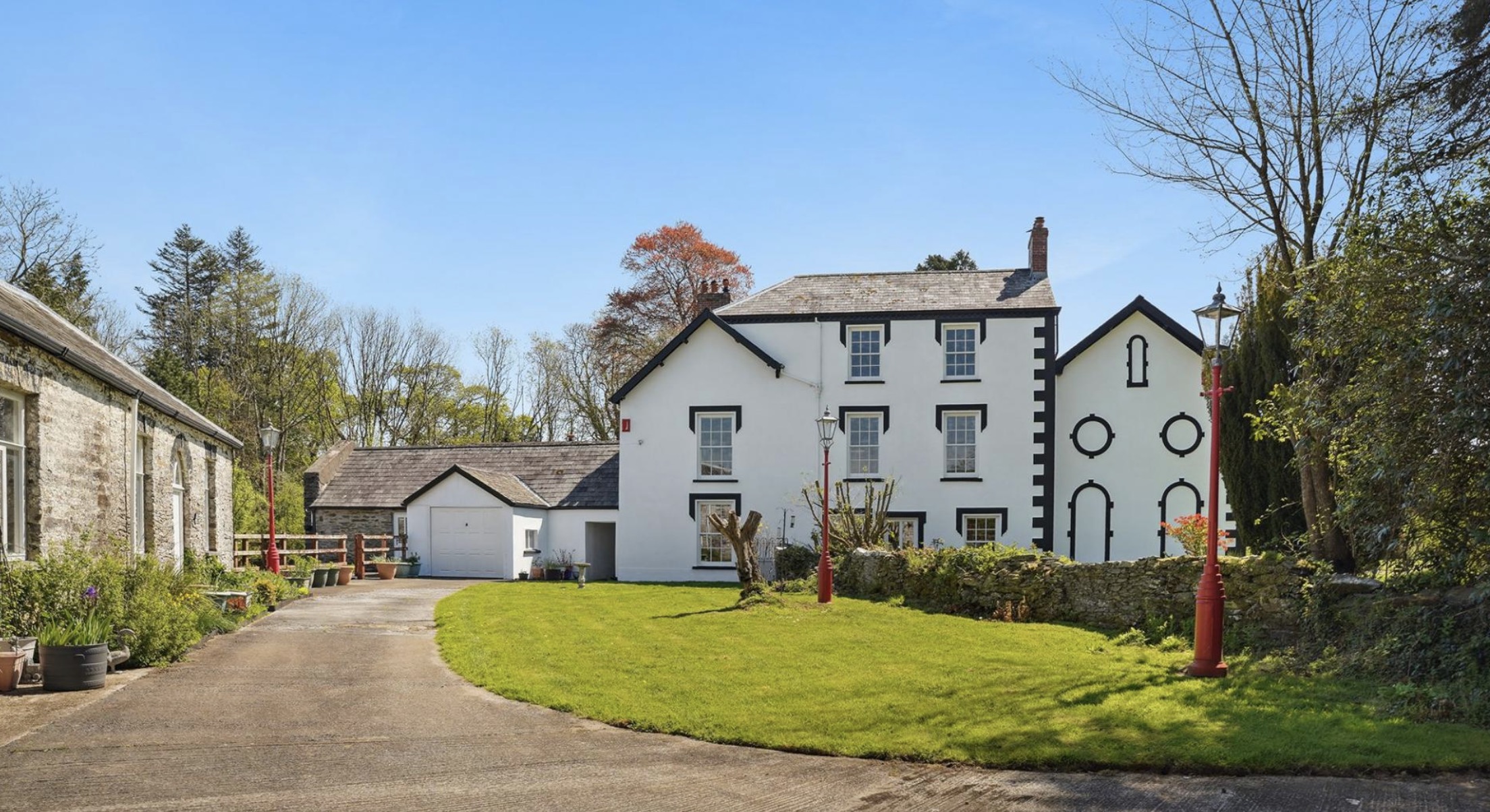
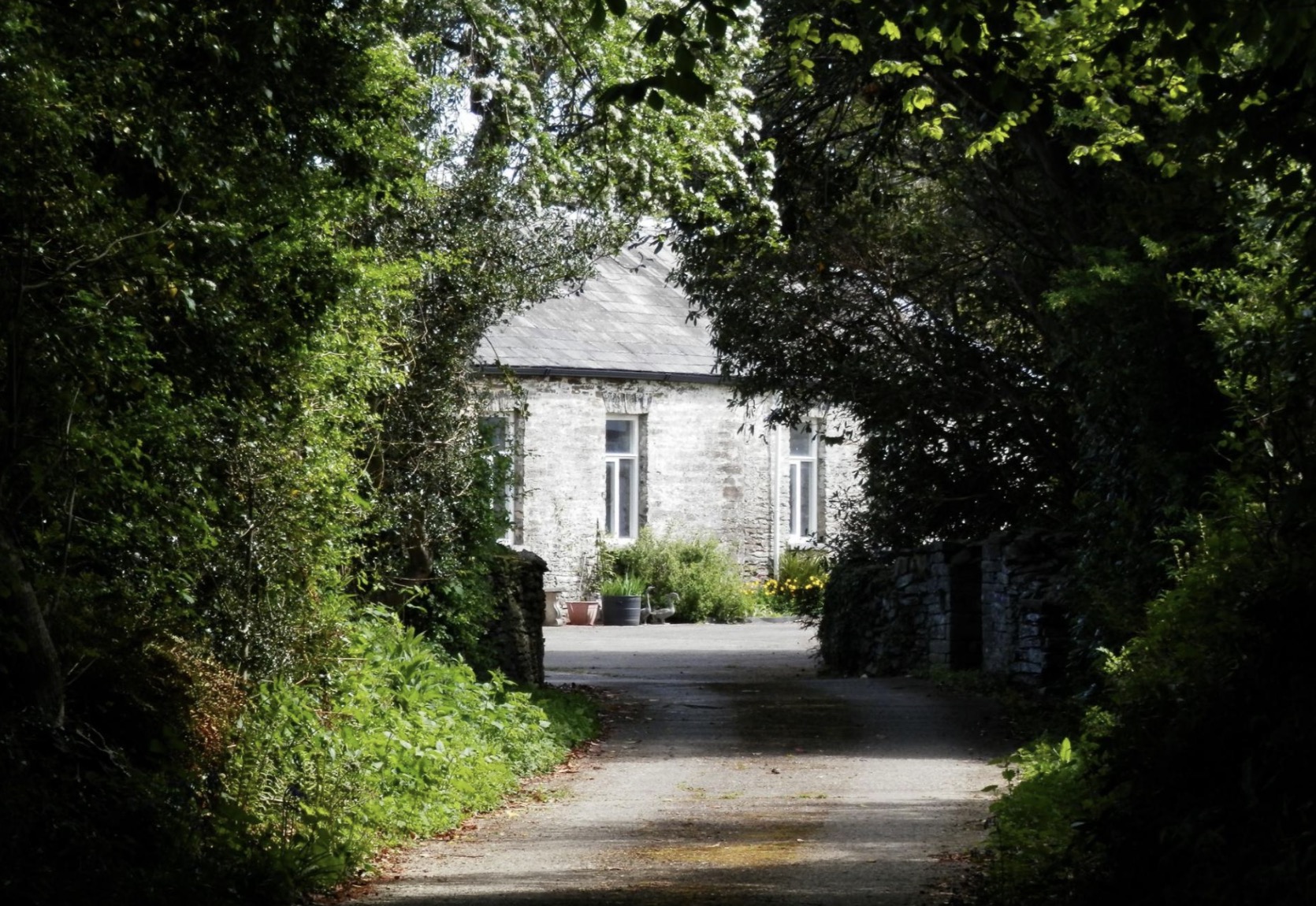
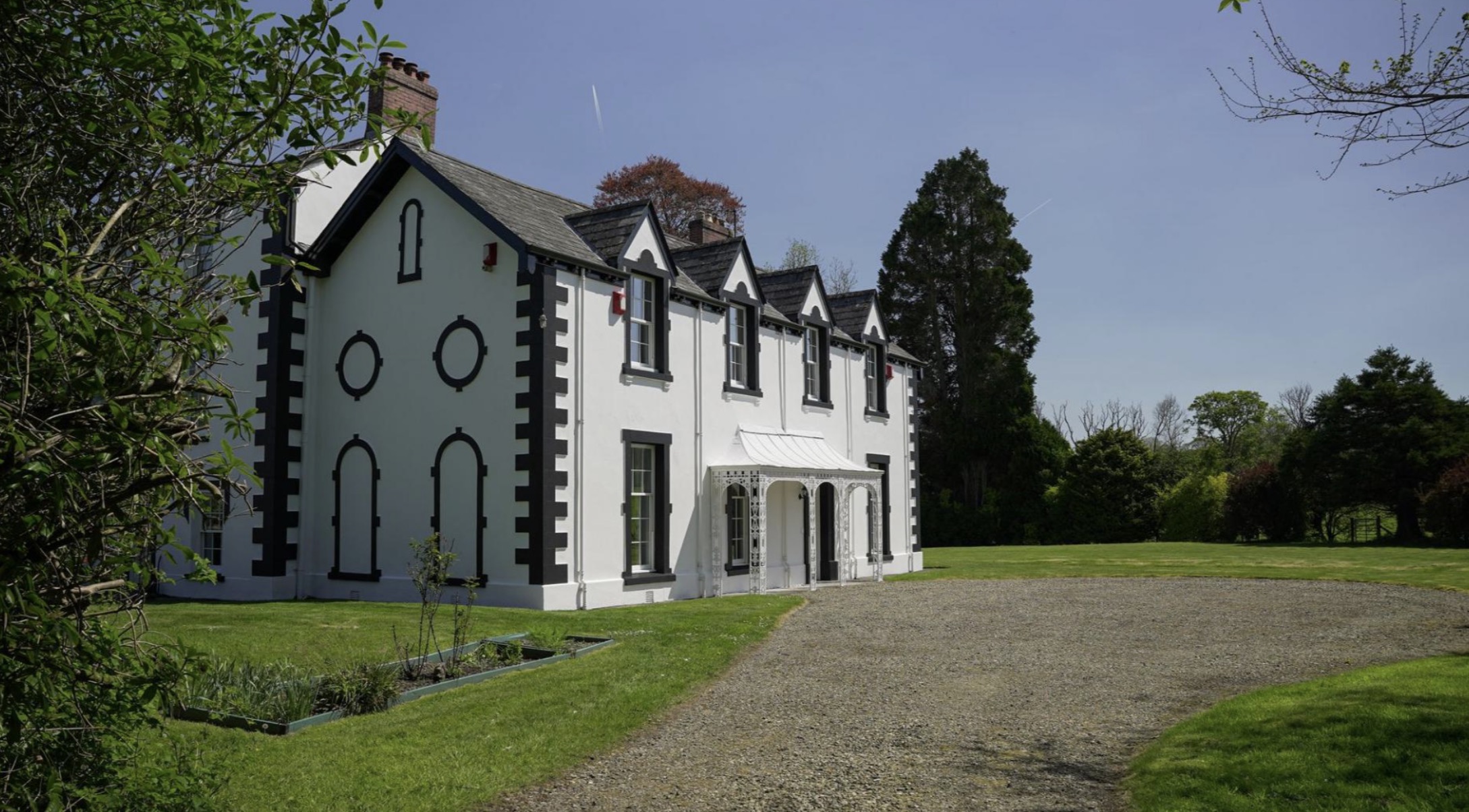
Most of that work has been carried out by the present owners themselves, as Mr Ashley explains: ‘Having two older brothers who had houses I could work on, I managed to develop a wide range of DIY skills at an early age. Fortunately, Dolhaidd Mansion was quite liveable when we bought it.
'Since then, it’s been largely a matter of constant maintenance, although we managed to replace the old windows with efficient new double-glazed windows before the house was listed in 2001. More recently, it took me quite a while to pressure-wash and paint the entire house.’
Exquisite houses, the beauty of Nature, and how to get the most from your life, straight to your inbox.
He adds: ‘Three generations of our family have lived at Dolhaidd during the past 26 years, but, having built up the holiday-letting business, my wife and I are now looking to retire, leaving Dolhaidd Mansion in good order, ready for its next new custodian.’
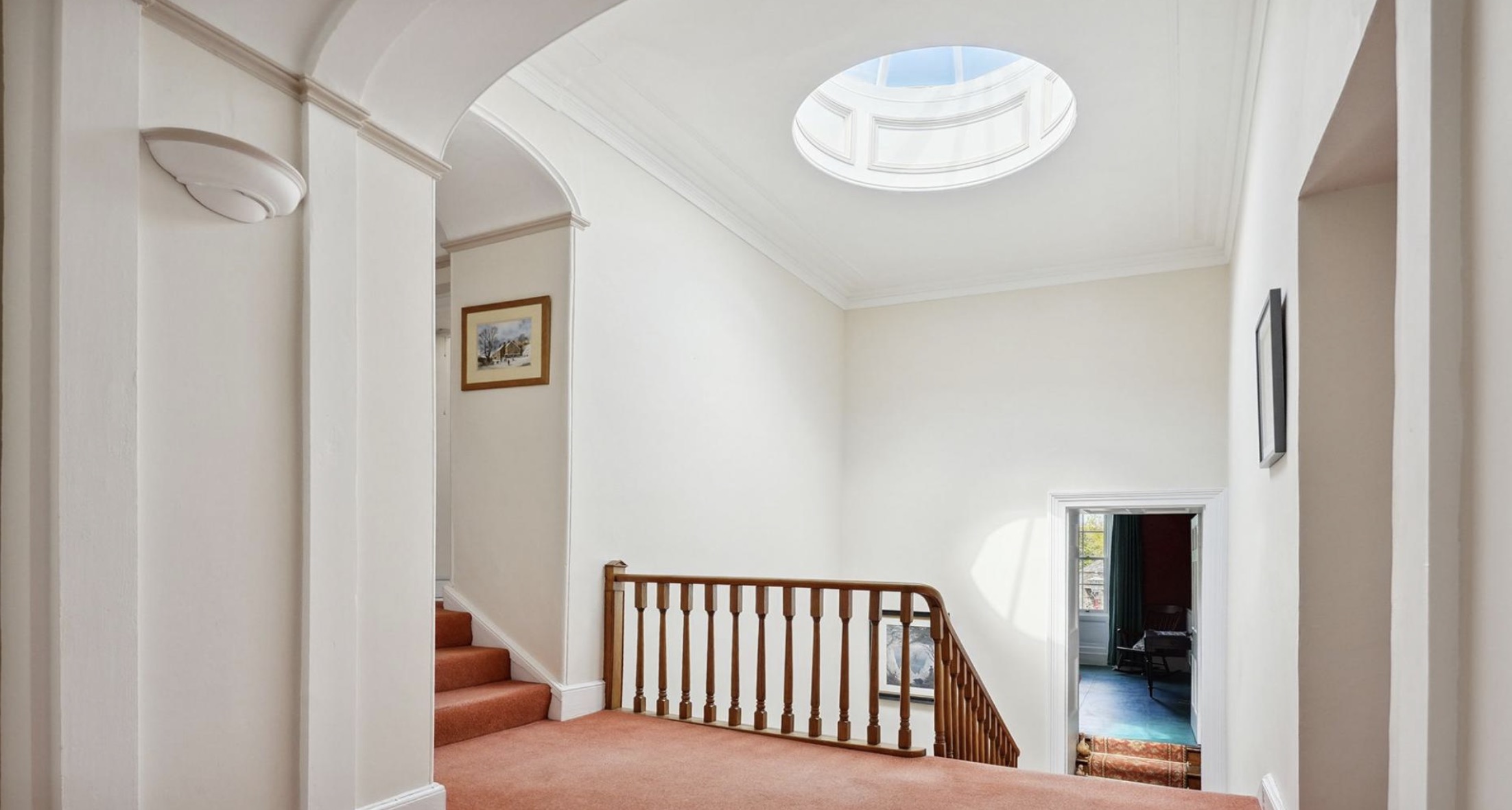

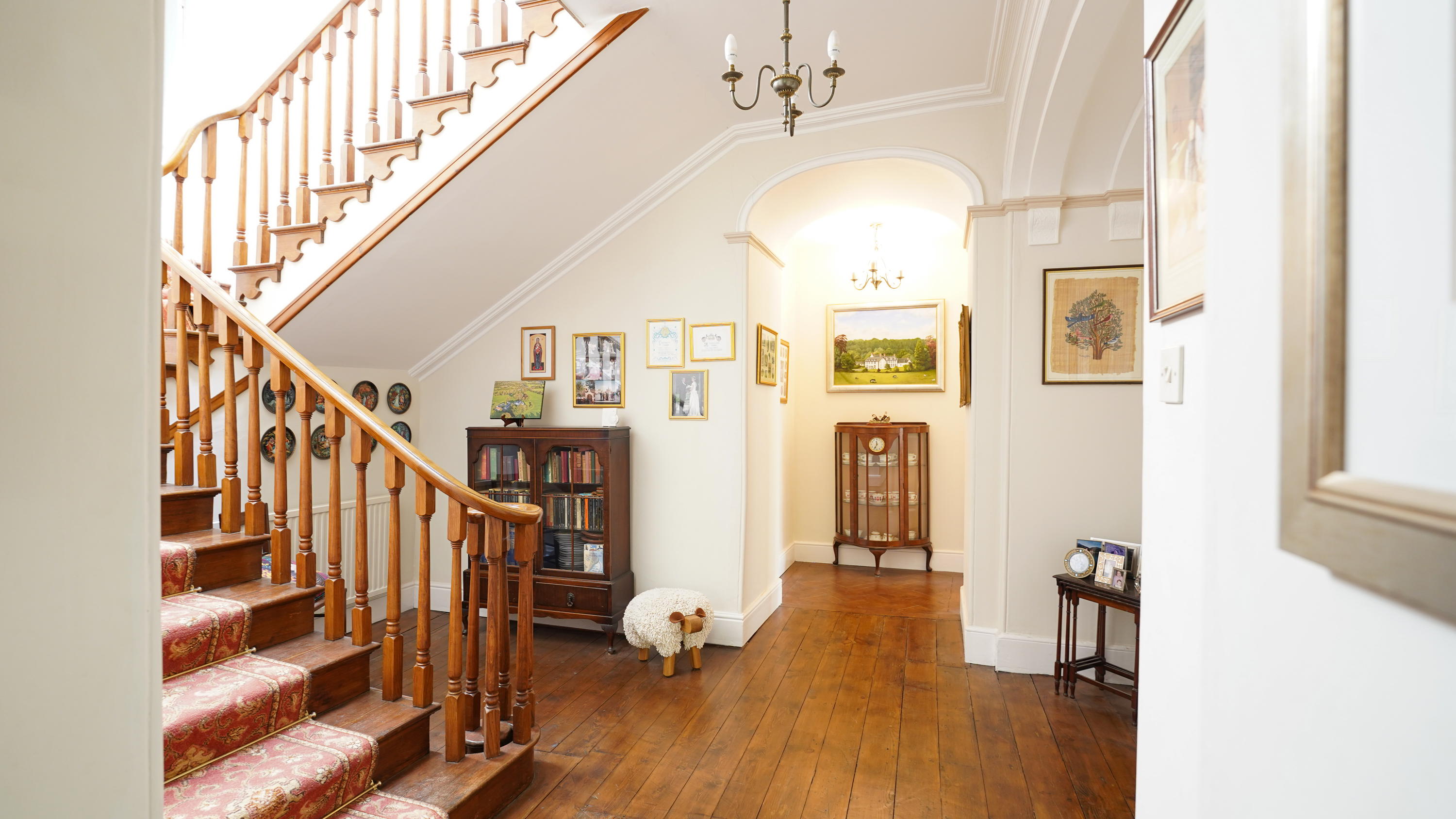


Built of the readily available local stone and slate, Dolhaidd’s pristine black-and-white Victorian façade is in striking contrast to the colourful Georgian interior, which provides more than 9,000sq ft of elegant living space, including five reception rooms, eight bedrooms and four bathrooms.
Four self-contained holiday cottages, cleverly converted from original farm buildings, provide a useful income stream, with many patrons returning year after year.
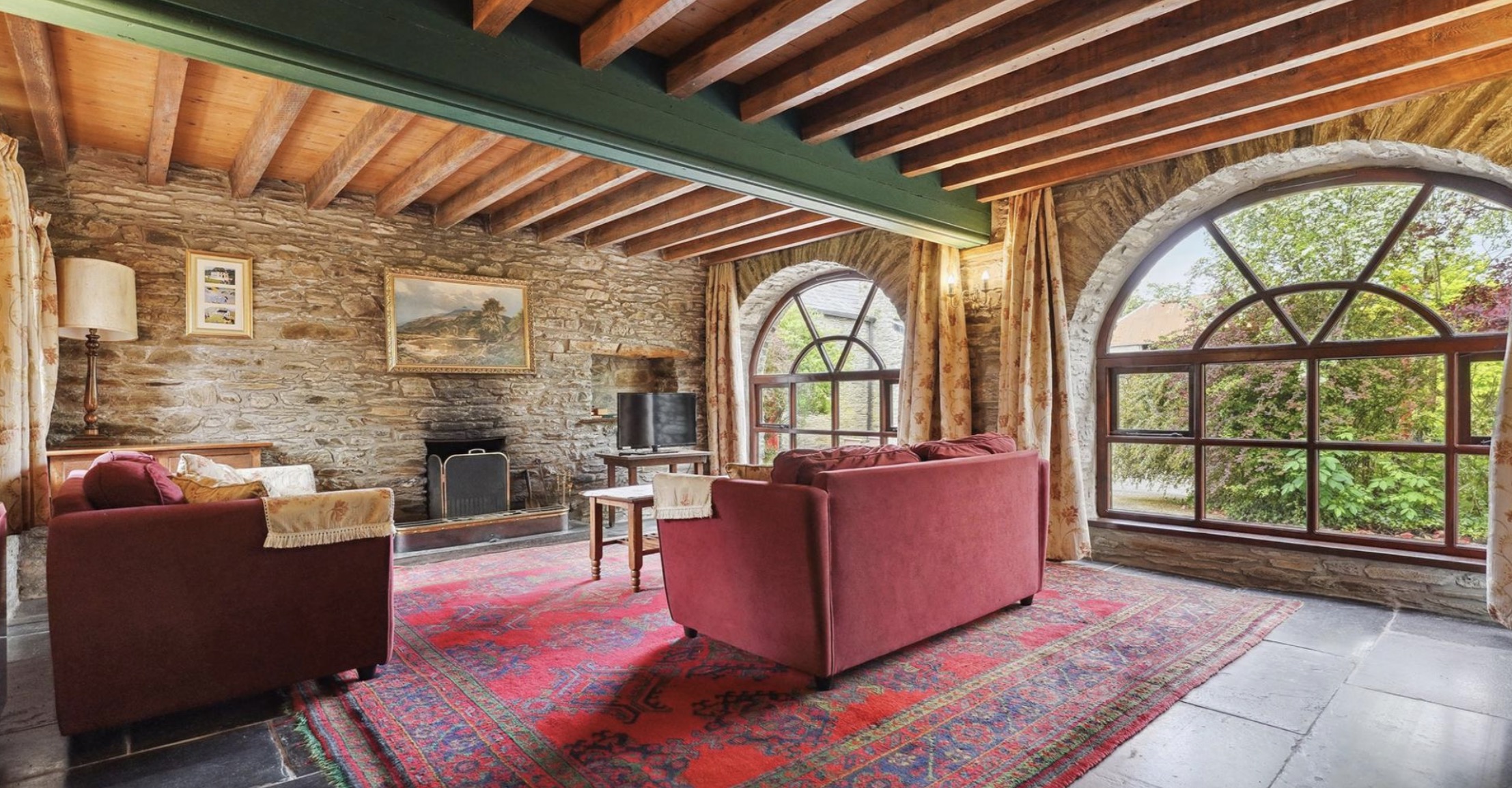
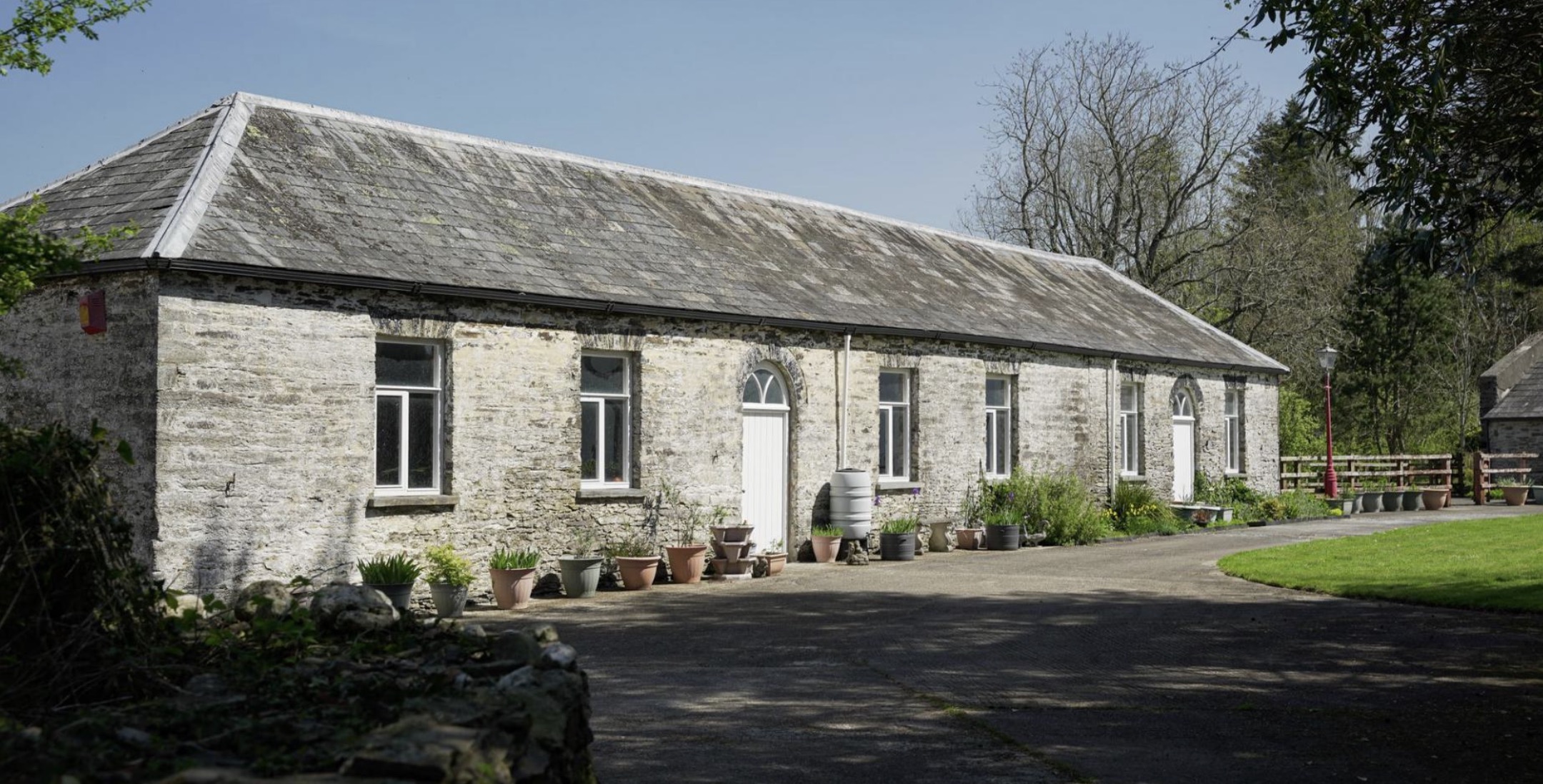
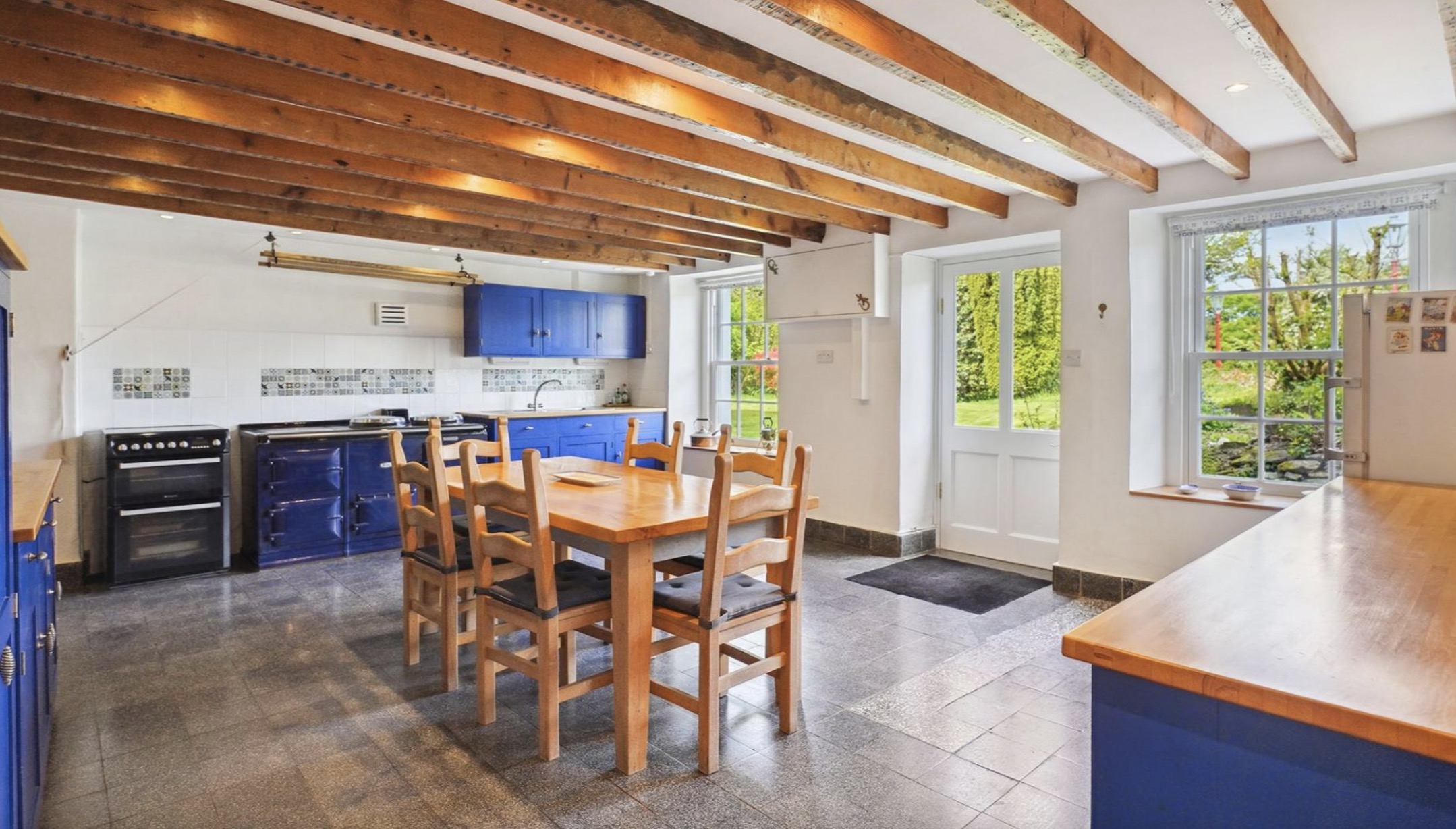
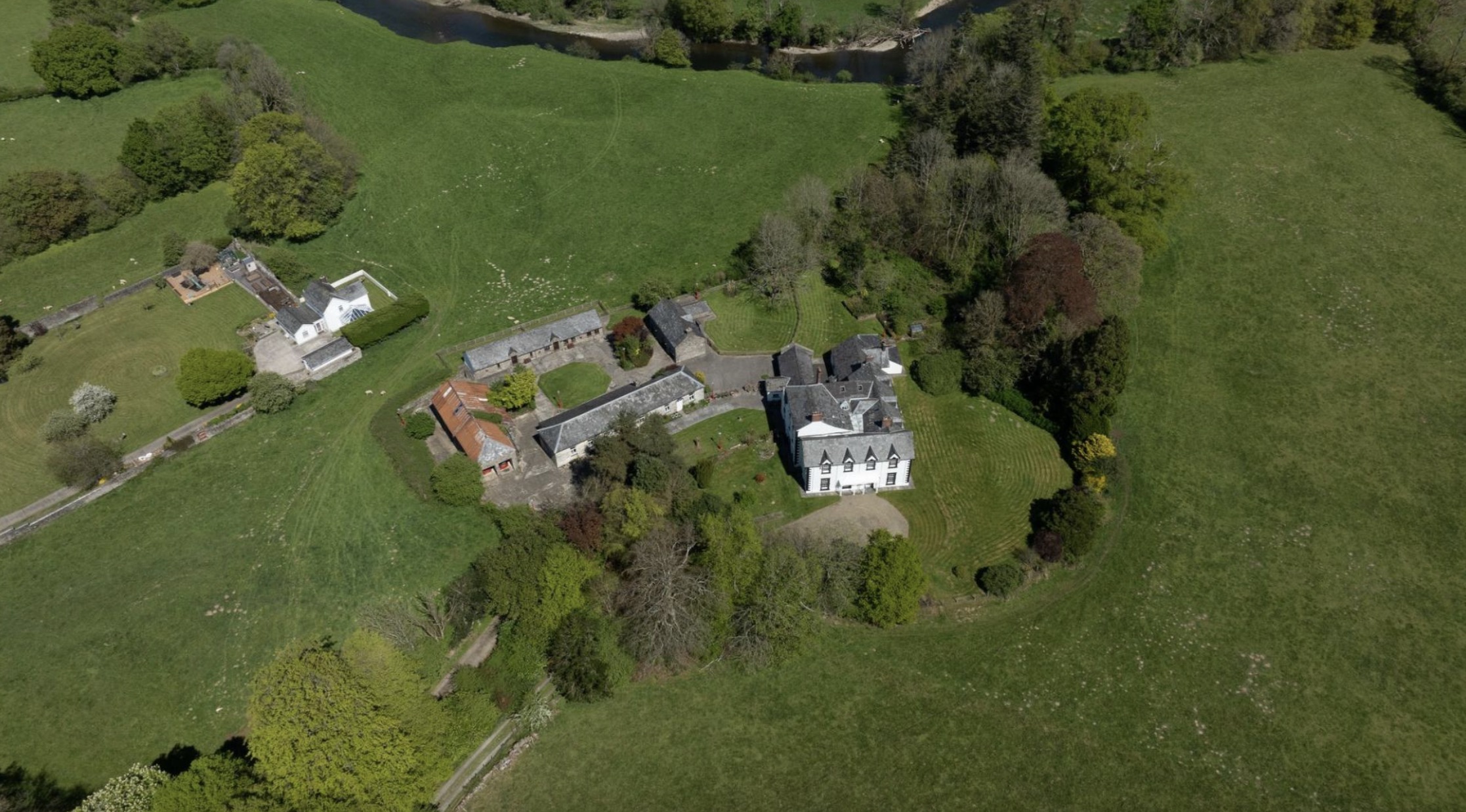
A collection of historically significant outbuildings, including a Grade II-listed stable block, coach house and an original 17th-century ice house, offer heritage interest and potential for further development, the owners suggest.
Reputedly known as ‘queen of game-fishing rivers’, the Teifi is home to all species of game fish, including salmon, brown trout and sea trout.

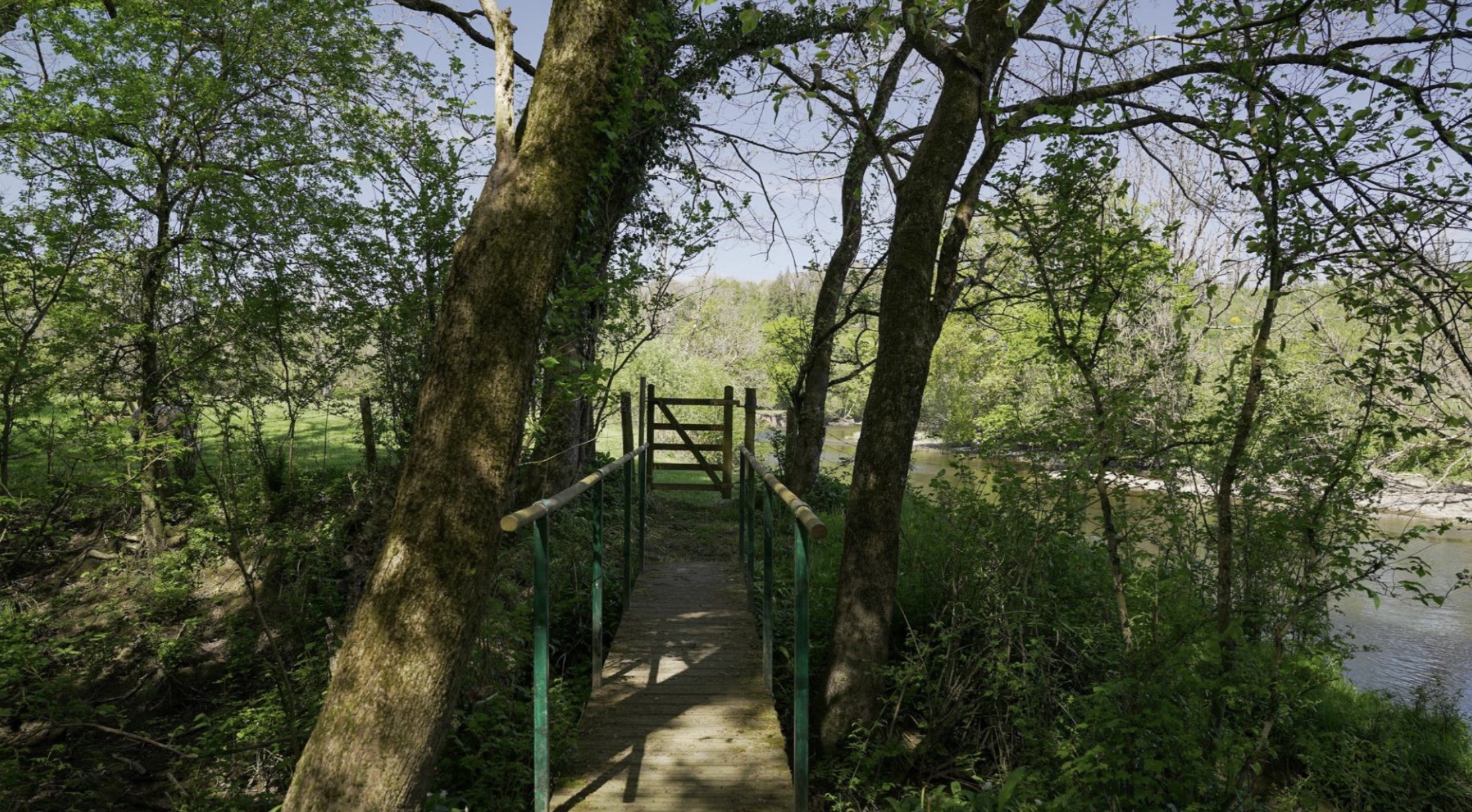
The Dolhaidd estate has an excellent stretch of private, mainly single-bank fishing, with water varying from deep pools to fast runs and quiet glides, providing fine fishing for all techniques in most conditions.
Dolhaidd Mansion is for sale through Fine & Country West Wales at a guide price of £2.5 million — see more details.
-
 Bare roots: How to find the perfect rose and how to plant it
Bare roots: How to find the perfect rose and how to plant itTabi Jackson Gee moved to a cottage in Wiltshire, and went about finding the perfect rose to bring light and colour to the garden.
By Tabi Jackson Gee Published
-
 Flying backwards, pink milk, and holding your breath. A Country Life quiz of animal facts
Flying backwards, pink milk, and holding your breath. A Country Life quiz of animal factsDo you know the difference between a bobbit worm and a mantis shrimp? You will soon.
By Country Life Published
-
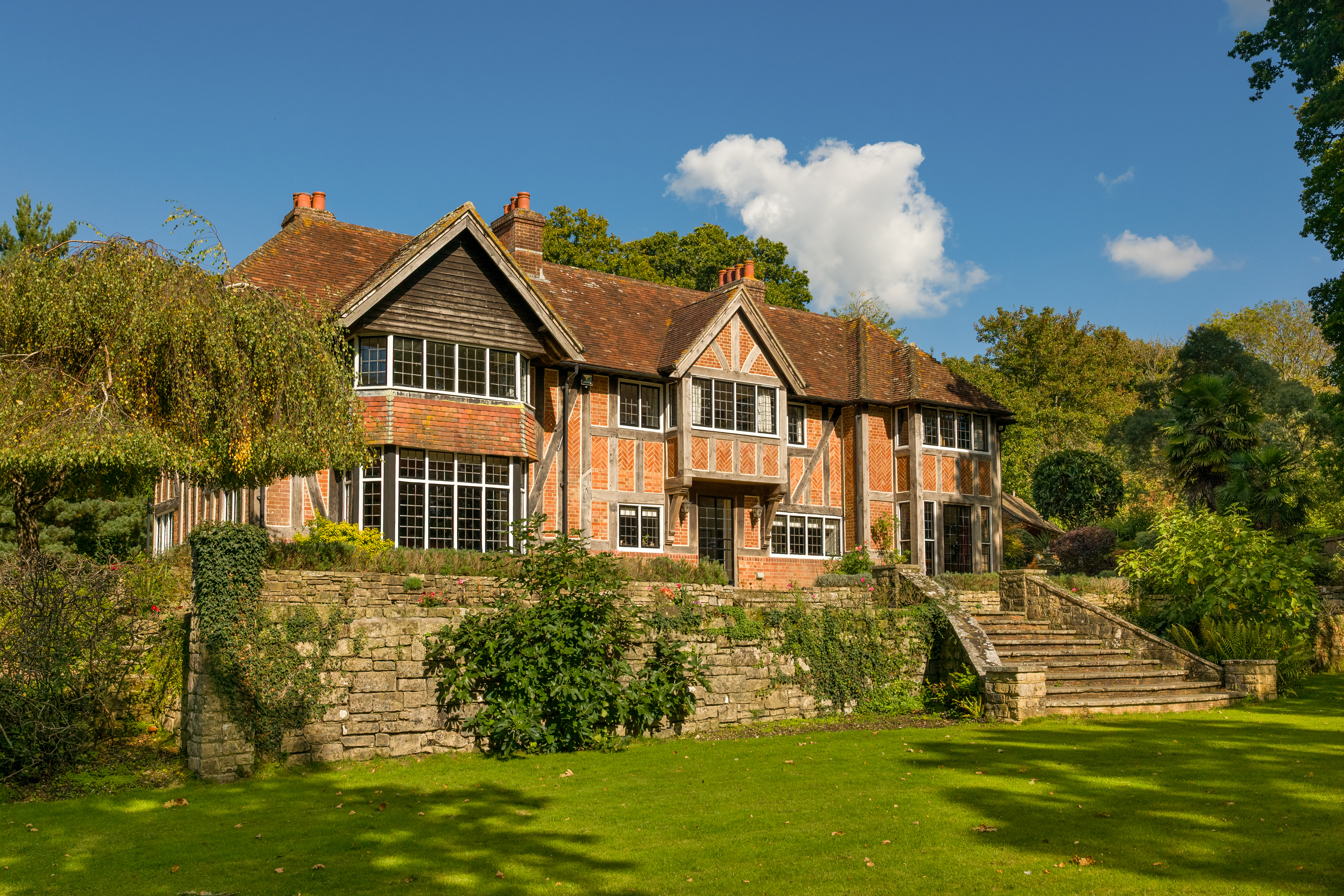 An Arts-and-Crafts home that sits in prime position in the most exclusive (and priciest) road in Hampshire
An Arts-and-Crafts home that sits in prime position in the most exclusive (and priciest) road in HampshireWith its own private jetty on the Beaulieu River, The Rookery is a rare and beautiful home. Penny Churchill takes a look.
By Penny Churchill Published
-
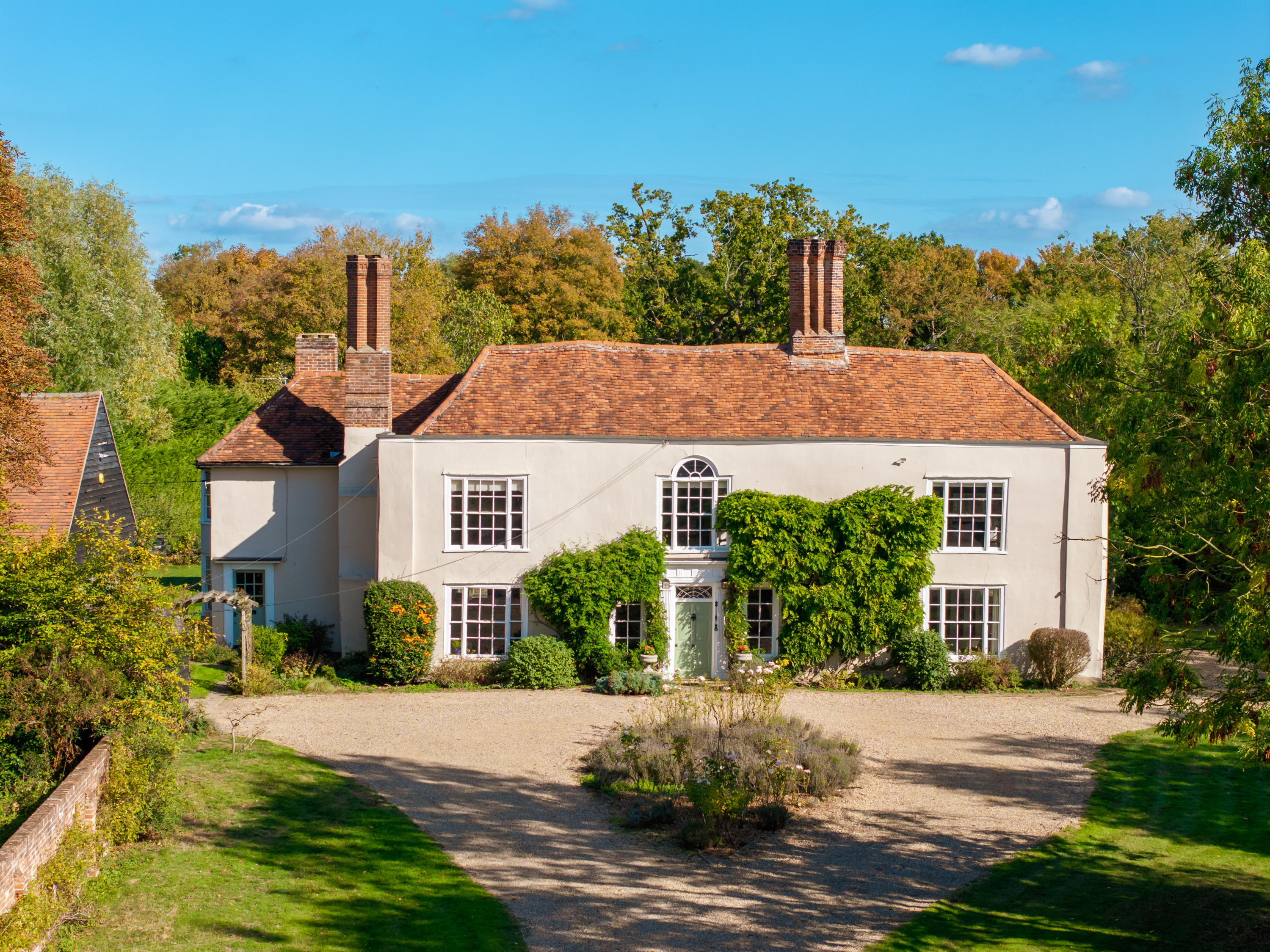 A home where medieval, Georgian and modern come together in rare style
A home where medieval, Georgian and modern come together in rare styleSet in a couple of acres in the leafy outskirts of Essex, Rochfords is a family house that blends old and new with charm and a sense of fun.
By Penny Churchill Published
-
 A private island in the Thames Estuary is up for sale at £50,000, complete with its own Victorian fort
A private island in the Thames Estuary is up for sale at £50,000, complete with its own Victorian fortDarnet Fort is seeking a new owner — but it's going to need someone of great vision and spirit.
By Toby Keel Published
-
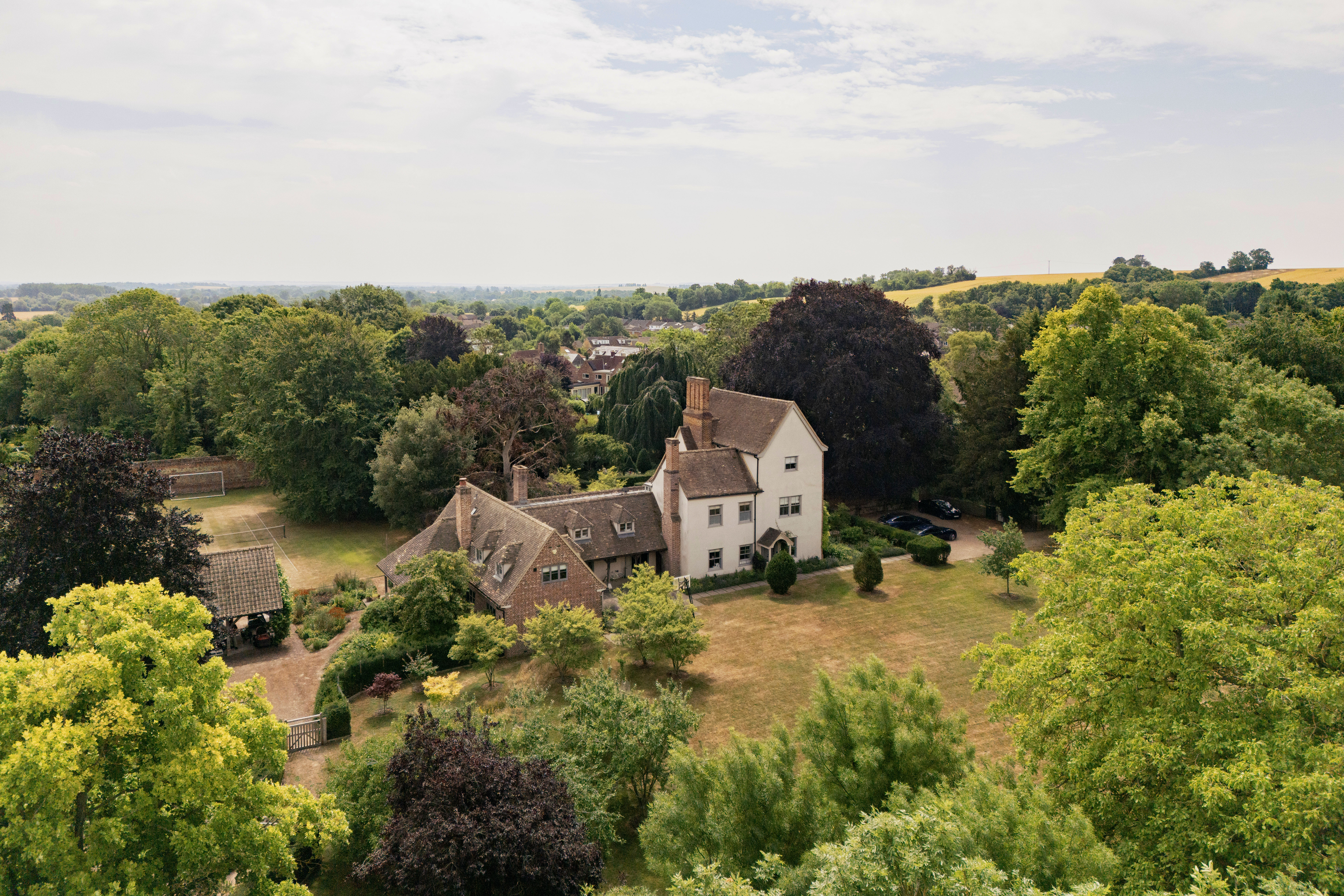 A 500-year-old house with Soho House-style interiors, Chelsea gold medallist gardens and a grass tennis court
A 500-year-old house with Soho House-style interiors, Chelsea gold medallist gardens and a grass tennis courtHaslingfield Manor is an extraordinary mix of styles and ideas, from Tudor Britain to the cutting edge of modern design. Penny Churchill takes a look.
By Penny Churchill Published
-
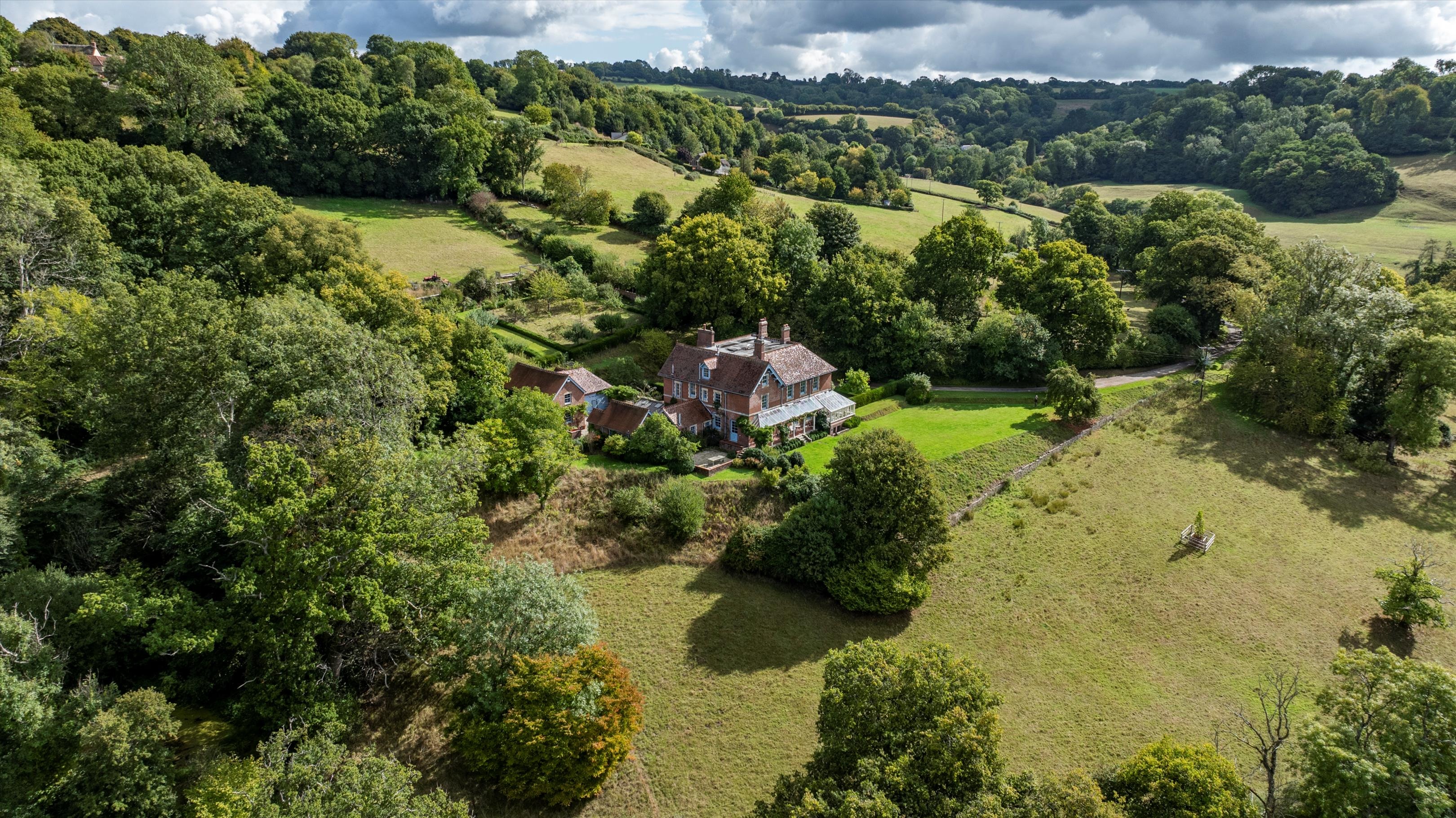 Utterly wonderful country homes for sale across Britain, from a 10-bedroom mansion to a Devon hideaway, as seen in Country Life
Utterly wonderful country homes for sale across Britain, from a 10-bedroom mansion to a Devon hideaway, as seen in Country LifeFrom an irresistibly charming house in Devon to a 400-year-old commutable home in Hertfordshire, here's our pick of some of the best homes to come to market via Country Life in the past week.
By Toby Keel Published
-
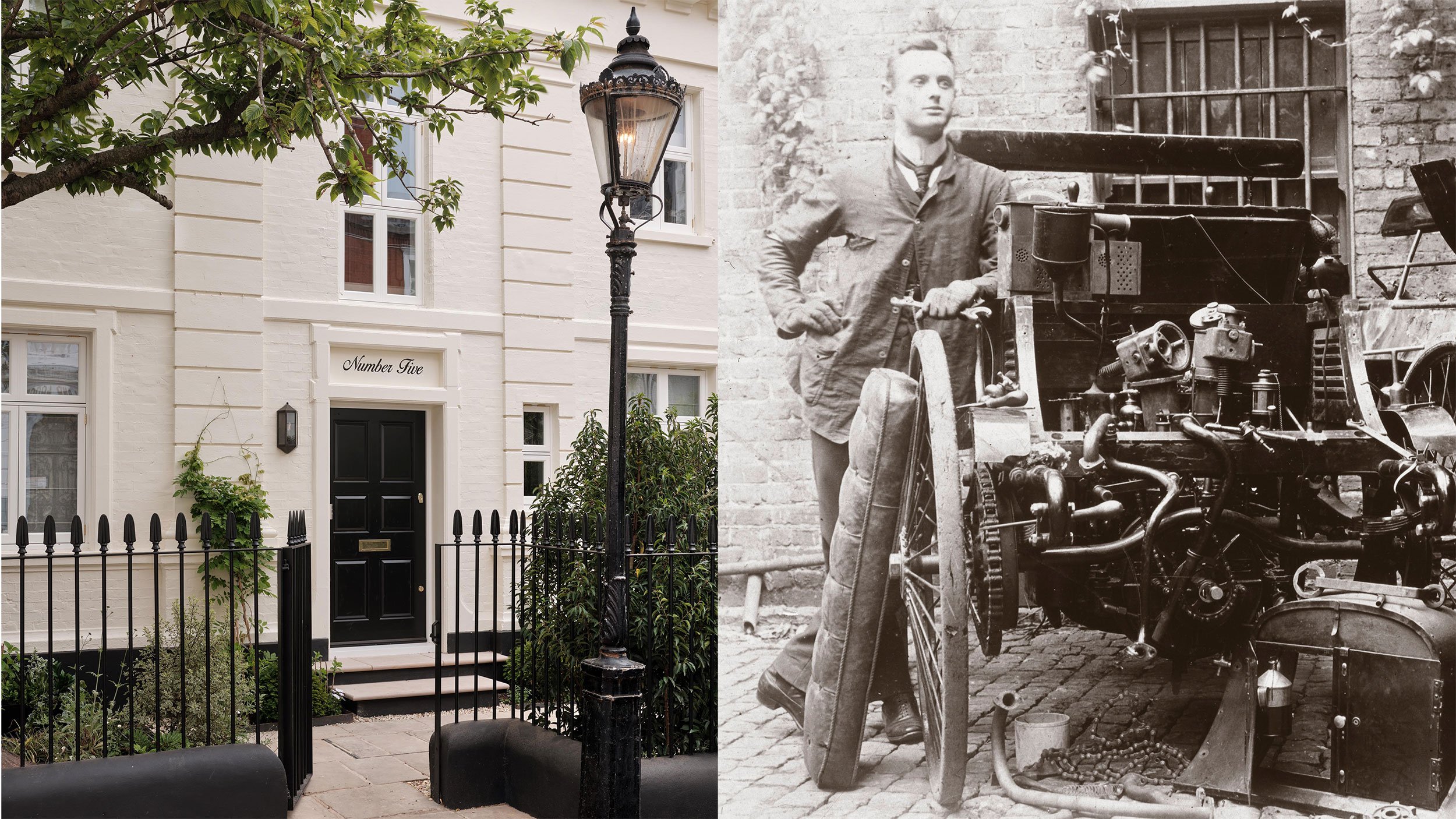 The London house where Rolls-Royce's co-founder Charles Rolls tinkered with his very first car is for sale at £17 million
The London house where Rolls-Royce's co-founder Charles Rolls tinkered with his very first car is for sale at £17 millionCharles Rolls, the engineer and co-founder of Rolls-Royce, got his hands dirty when using the stables of this fine London home as a makeshift garage. Annabel Dixon reports.
By Annabel Dixon Published
-
 A vineyard for sale on the slopes above 'the best beach in Britain' is for sale at just £650,000
A vineyard for sale on the slopes above 'the best beach in Britain' is for sale at just £650,000In the beautifully unspoilt Devon village of Bantham, an award-winning vineyard is for sale. Toby Keel takes a look.
By Toby Keel Published
-
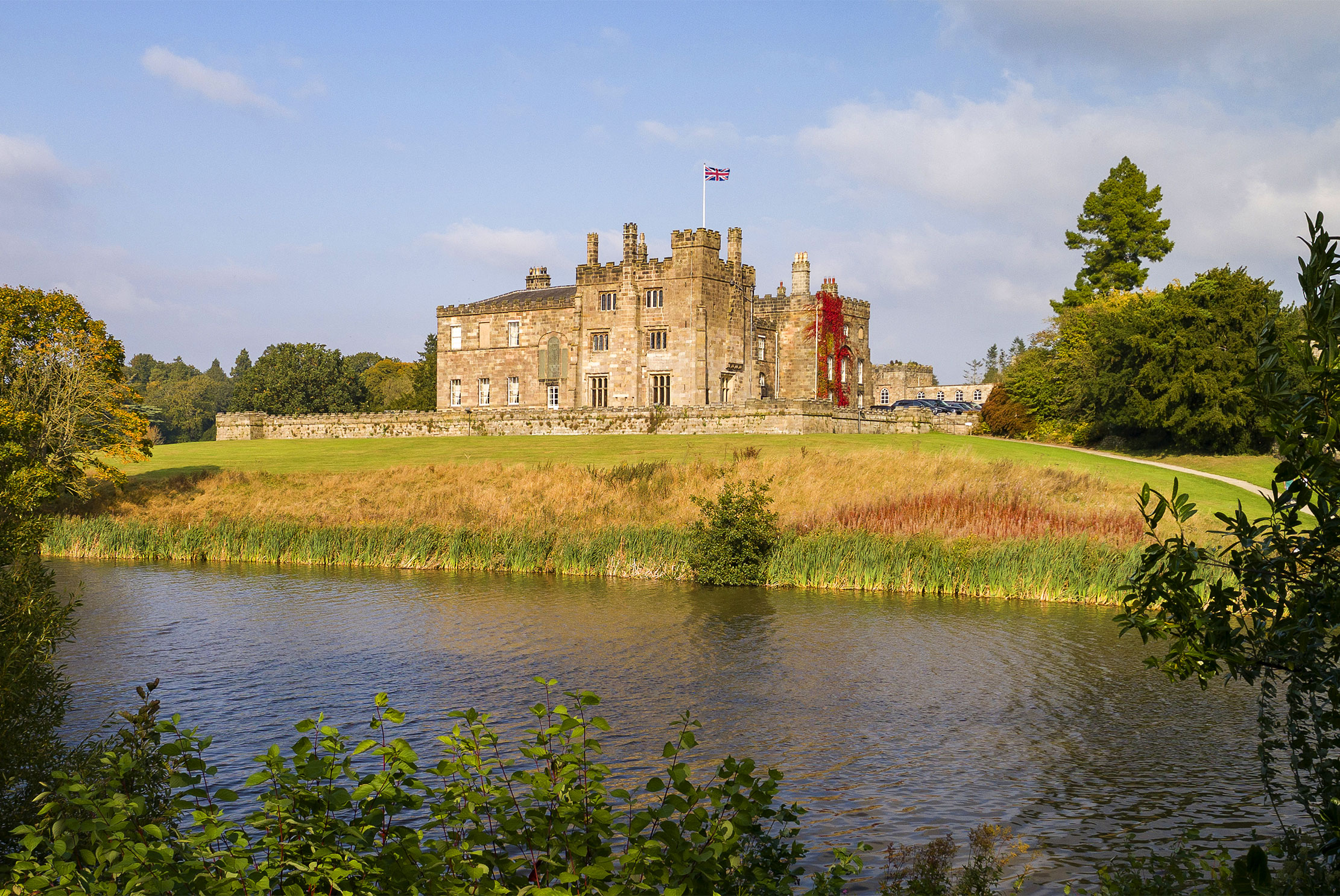 The ultimate Black Friday sale? A £15 million castle reduced to £7.5 million
The ultimate Black Friday sale? A £15 million castle reduced to £7.5 millionThe art and science of being an estate agent is never trickier than when dealing with homes that are being sold for the first time in centuries — and Ripley Castle in Yorkshire provides the perfect example. Lucy Denton explains more.
By Lucy Denton Published

